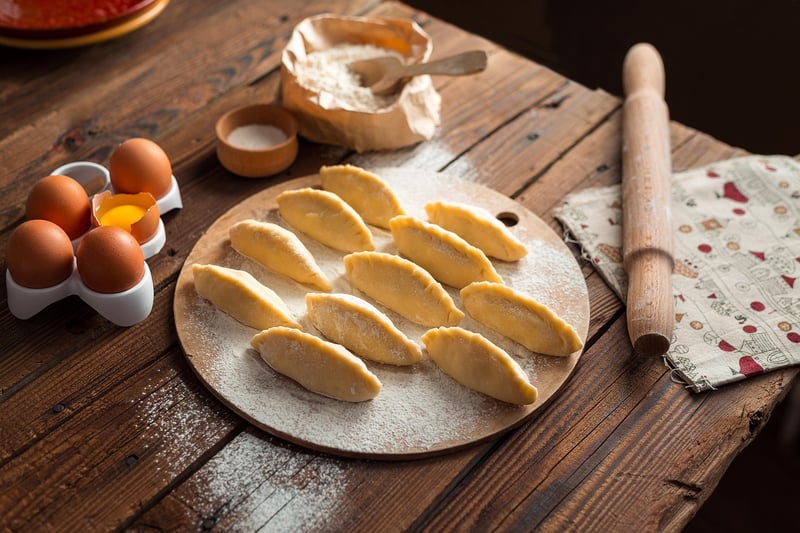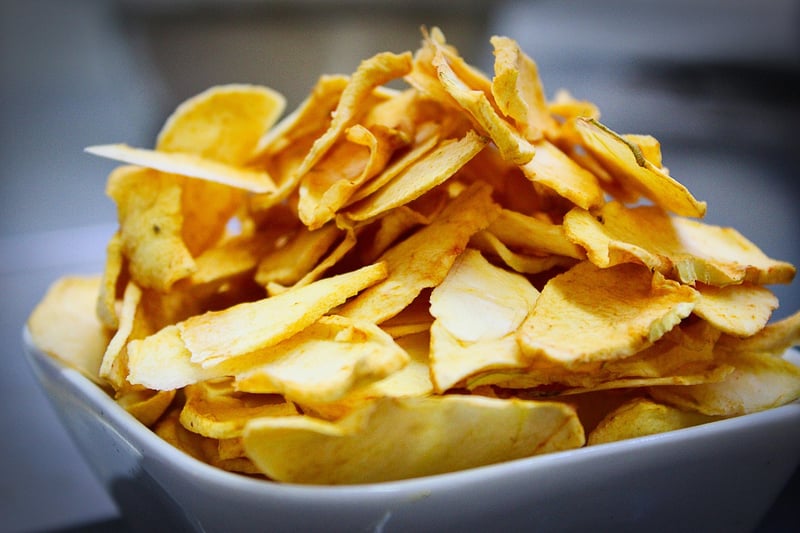Dehydrating Foods
Experiment with Modern Cooking Methods: Dehydrating Foods
Cooking is an art that has evolved over centuries, and modern advancements in technology have brought forth new and exciting methods to experiment with in the kitchen. One such method that has gained popularity among food enthusiasts is dehydrating foods. Dehydrating not only preserves the food's nutrients but also intensifies its flavors, making it a versatile technique to add to your culinary repertoire.
What is Dehydrating?
Dehydrating is the process of removing moisture from food items to extend their shelf life. This technique involves circulating hot air around the food at a low temperature, effectively drying it out without cooking it. Fruits, vegetables, herbs, and even meats can be dehydrated to create delicious snacks, powders, or ingredients for various recipes.
Benefits of Dehydrating Foods
- Preservation: Dehydrating foods helps in preserving them for an extended period without the need for refrigeration, reducing food waste.
- Flavor Enhancement: Concentrating the flavors of fruits and vegetables through dehydration can result in intense and delicious taste profiles.
- Healthy Snacking: Dehydrated fruits and vegetables make for nutritious and convenient snacks that are free from additives and preservatives.
- Culinary Versatility: Dehydrated ingredients can be ground into powders, rehydrated, or used as toppings, adding a unique twist to various dishes.
How to Dehydrate Foods
Dehydrating foods can be done using a dehydrator appliance, an oven, or even under the sun in some cases. Here are some basic steps to dehydrate fruits or vegetables:
- Wash and prepare the fruits or vegetables by slicing them evenly.
- Arrange the pieces on the dehydrator trays or baking sheets in a single layer.
- Set the dehydrator or oven to the recommended temperature and allow the food to dry out over several hours.
- Check the food periodically for doneness and store them in airtight containers once fully dehydrated.
Experimenting with Dehydrated Foods
Once you have mastered the art of dehydrating, the possibilities are endless. Here are some creative ways to experiment with dehydrated foods:
- Create your own trail mix using a combination of dehydrated fruits, nuts, and seeds.
- Make homemade fruit leather by pureeing dehydrated fruits and spreading the mixture thinly before drying it out.
- Add a crunch to salads or soups with dehydrated vegetable chips.
- Grind dehydrated herbs into powders to season your dishes with intense flavors.
Embrace the art of dehydrating foods and unlock a world of culinary possibilities right in your kitchen!

Image source: Pixabay
